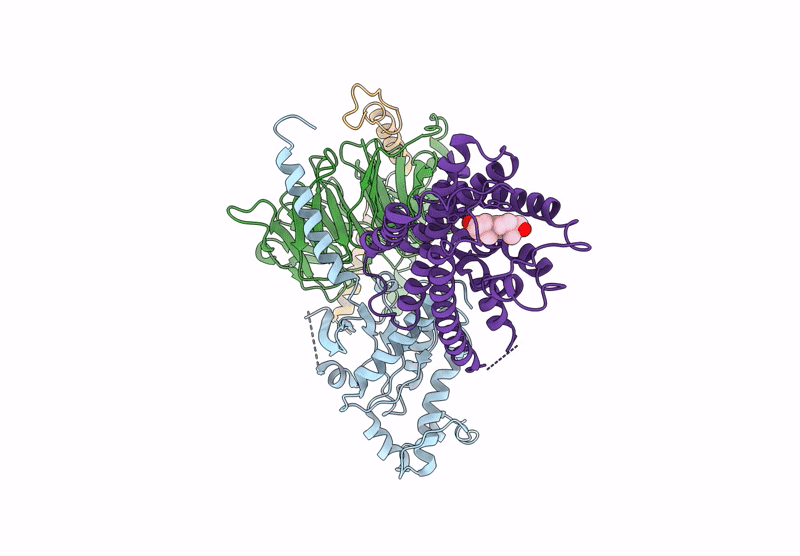
Deposition Date
2024-07-22
Release Date
2025-02-12
Last Version Date
2025-07-02
Entry Detail
PDB ID:
9IV2
Keywords:
Title:
Identification, structure and agonist design of an androgen membrane receptor.
Biological Source:
Source Organism:
Homo sapiens (Taxon ID: 9606)
Host Organism:
Method Details:
Experimental Method:
Resolution:
3.53 Å
Aggregation State:
PARTICLE
Reconstruction Method:
SINGLE PARTICLE


